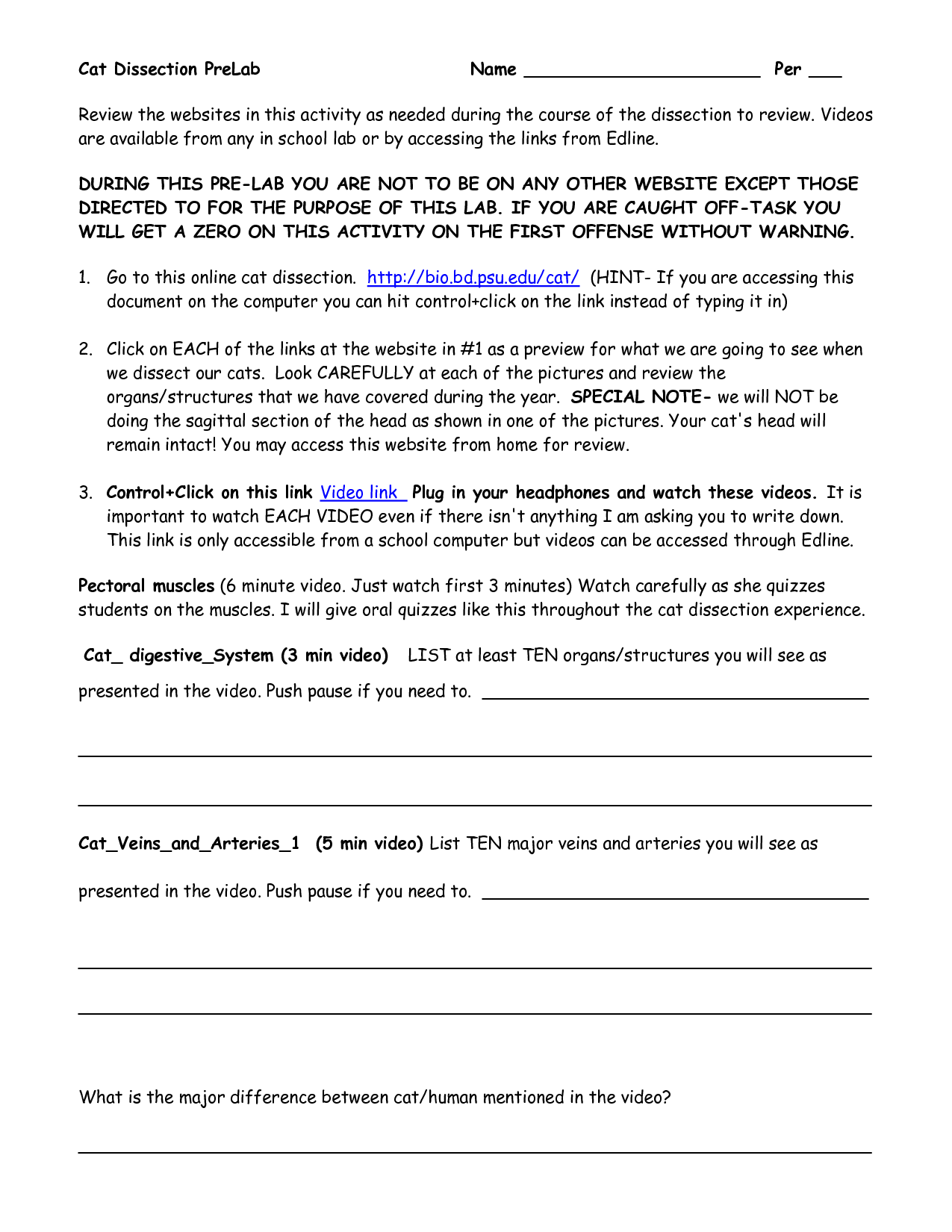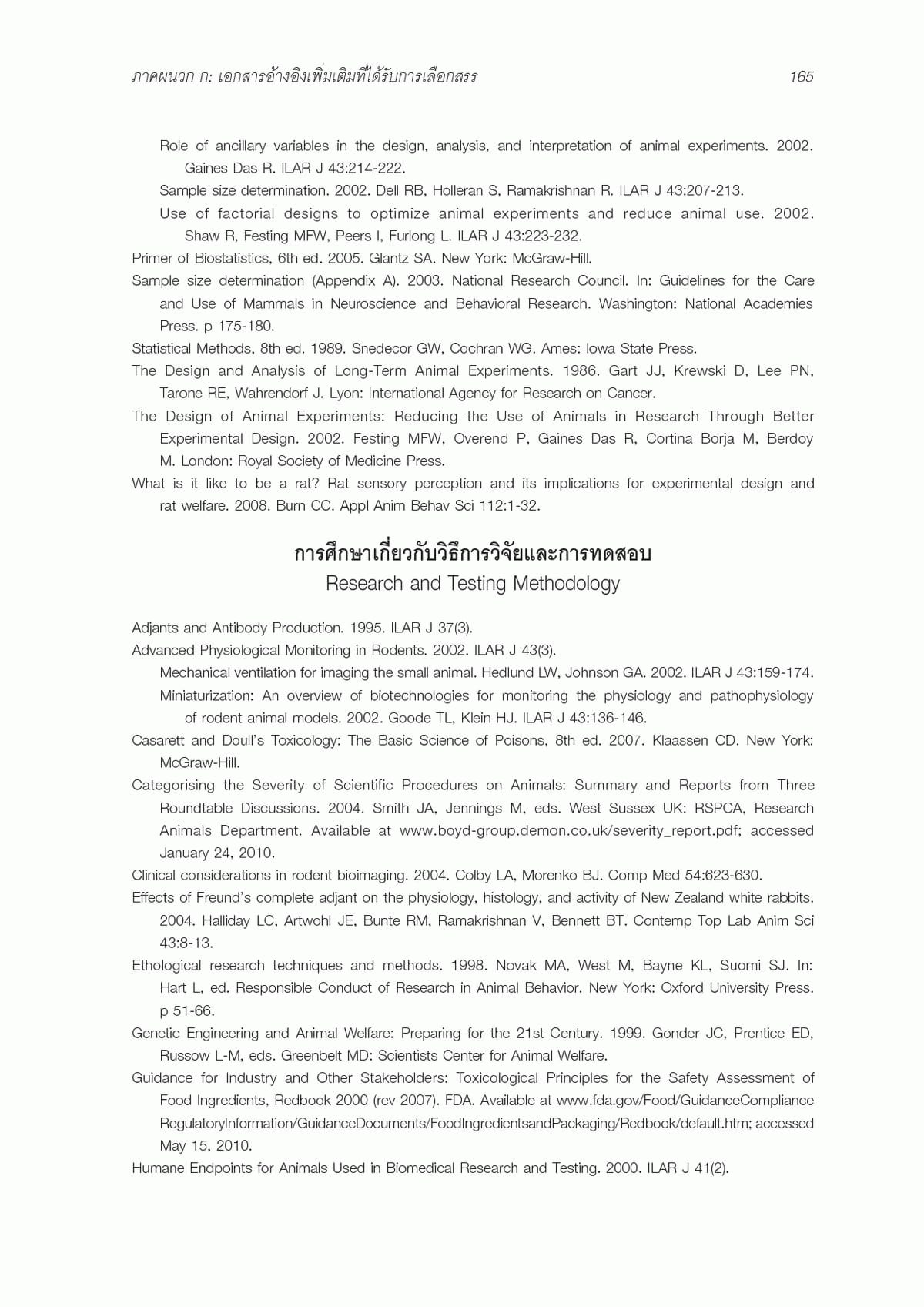

The heart has three chambers (atria), the descending ureter, and the pulmonary artery. The frog’s urinary system organs include the frog’s kidneys, ureter, and spleen. The frog’s lungs are located in the upper thoracic portion of the coelom, which is why it’s called a lung. The heart has three chambers: the atria and the ventricle, which receive oxygenated blood from the lungs and pump it to the rest of the body. The frog’s circulatory system includes a heart, ureter, bladder, and spleen. There are also frog-related videos available for teachers.ĭiagram Worksheet Anatomy Systems Mspartners que from frog dissection lab worksheet answer key, source: The question is, “How do I find the answer to the frog dissection worksheet?” You will need this before you begin your frog dissection lab.

The answer key is the key to a successful frog dissection lab. large Intestine located above the cloaca/ collects waste, absorbs water.If you are planning on conducting a frog dissection lab, you will need a Frog Dissection Lab Worksheet Answer Key.

Liver located near the gallbladder/ makes bile Gallbladder located on left posterior lobe/ stores bile Small Intestine located near gallbladder/ absorbs nutrients from food. Heart located on the right of chest/ pumps blood. Lung located in middle of body/ organ for oxygen and corban dioxide exchange. Cloaca located on top of left sewer/ where urine, sperm and eggs exits. pancreas located near stomach/ males insulin. Stomach located near pancreas/ first site of chemical digestion, breaks down food. Esophagus located near the stomach/ tube that leads from the frog's mouth to the stomach. The frog's tongue then snaps back and throws the food down its throat. When a frog catches an insect it throws its sticky tongue out of its mouth and wraps it around its prey. Why do you think this is so? Frog's tongues are attached to the front of their mouths rather than at the back like humans. The frog's tongue is anchored in the very front - opposite to the orientation and anchoring of humans. The hind limbs are more firmly attached to the spine Frogs produce a huge number of gametes at one time - WHY do you think this is? Because they are too close to the bottom of the food chain, in order for the survival of the species,when they reproduce, they do so in the millions so only a few of the progeny will be bound survive sometimes.
FROG DISSECTION PRE LAB WORKSHEET ANSWERS SKIN
How does this relate to their skin being thin and moist? Frogs can breathe through their skin how does the tympanic membrane work? the tympanic membrane receives sound vibrations from the outer air and transmits them to the auditory ossicles Name 2 ways forelimbs are different than hind limbs? hind limes tend to be sturdier, stronger and longer Tadpoles do not have limbs, frogs do Dorsal the upper side or back of an animal (backside) Ventral the under side of an animal or plant (belly side) Anterior nearer the front of the body or near to the head Posterior further back in position, or near the rear of hind end head the upper part of the human body, animal torso the trunk of the human body frogs lungs are poorly developed. They lay eggs in water List the ways in which tadpoles (immature frogs) and frogs differ from each other? Frogs can breathe on land and in water, but tadpoles can only breathe in water.įrogs can go on land, and tadpoles cannot. What are 3 adaptations that frogs have that make them amphibians? They are cold blooded How are amphibians different from reptiles? Unlike reptiles, amphibians do not contain scales.

Why are frogs said to have "Two lives?" Frogs begin their lives in the water as eggs and then tadpoles and when they are fully developed they live on land.


 0 kommentar(er)
0 kommentar(er)
